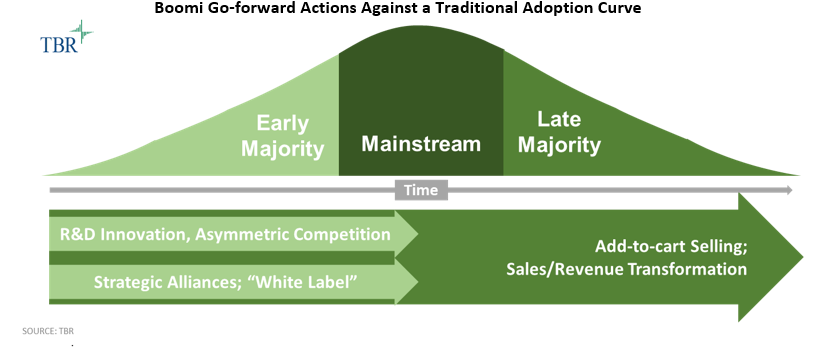TELUS International: Purpose built to be digital first responders
Accelerating success through successful acquisitions integration
TBR recently had the opportunity to catch up with TELUS International President and CEO Jeff Puritt, two years after the company’s inaugural analyst summit in Las Vegas and two $1 billion acquisitions later. Right from the start it was clear that the company has been able to preserve its most valuable asset, its culture, despite massive portfolio expansion and operating model transformation (TELUS International went public on Feb. 3).
The purchase of Competence Call Center (CCC) in February 2020 and subsequent acquisition of Lionbridge AI in December 2020 have not only provided the company with the breadth of offerings necessary to navigate an increasingly complex ecosystem bolstered by the advent of AI and consumer-generated content, but have also enhanced its value proposition; as Puritt positioned it, “Purpose built to be digital first responders.”
CCC added over 8,000 employees, mostly across European operations. Lionbridge AI provided access to both IP and a crowdsourcing community of over 1 million trained professionals with skills ranging from speaking multiple languages to holding, in some instances, advanced degrees. Integrating large-scale acquisitions such as these is not an easy task, but Puritt and his team are successfully executing on these transactions, guided by principles focused on employee engagement and customer satisfaction. In its first full quarter as a publicly traded company, TELUS International reported 57% year-to-year revenue growth to $505 million in 1Q21, with strong contribution from these recent purchases; absent that contribution, TELUS International’s growth was 20% on an annual basis during the same period. For comparison: In TBR’s IT Services Vendor Benchmark, we estimate on average total revenue for the 30 benchmarked vendors will expand by low single digits in 2021.
Mixing AI into employee culture at scale is not easy, but TELUS International seems to be mastering it
With AI permeating consumers’ everyday lives and enterprises’ IT and business operations, TELUS International has an opportunity to become a household name as an automation-enabled organization with human capabilities. The purchase of Lionbridge AI could serve as a catalyst of that transformation at scale, given the company’s AI platform and access to 1 million trained professionals that can support TELUS International in providing data annotation services for text, images, videos and audio.
While the future promise of AI depends on its ability to adapt and recommend with minimal human intervention, we do not anticipate the need for human support to evaporate any time soon. The increasing volume of user-generated content and the complexity and sophistication of systems will continue to necessitate the development, integration and management of algorithms and human involvement, which TELUS International can deliver. Managing quality and ensuring privacy and security requirements are met while tapping into the crowdsourcing pool is not an easy task, but TELUS International continues to build a human-centric culture that empowers both full-time team members and crowd community members to take charge of their careers while also acting as brand ambassadors in their local communities.
TBR witnessed this culture firsthand during visits to TELUS International facilities in Las Vegas and Sofia, Bulgaria, where the company has grown roots not only to expand its recruitment reach but also to build local trust, reflected in its extensive corporate social responsibility program.
Next phase of success will depend on managing the ecosystem
As TELUS International executes on its road map as a publicly traded company, managing stakeholders’ expectations through a well-grounded vision will be key to success. Alliance partners such as Google Cloud will play a critical role in TELUS International’s ability to scale performance, especially as the company strives to win AI services and solutions opportunities, an area Google enables through its Contact Center AI solutions.
TBR, along with Puritt, recognizes that TELUS International still faces opportunity areas where the company can continue to strengthen its value proposition, one of which is consulting and advisory services. While we do not anticipate the company will double down on becoming a management consultancy, we expect TELUS International will continue to pursue a more pragmatic approach toward building domain expertise through strategic partnerships. The company has an opportunity to deepen expertise around close-to-the-data annotation and moderation services similar to the way telcos offer consulting to their telco box. Maintaining trust within the ecosystem will also support TELUS International’s move to the next phase of opportunities, especially as the company increasingly relies on AI-enabled systems. As TELUS International elevates its brand and value proposition within the highly competitive digital customer experience market, trust will come from within, starting with successful employee management.


